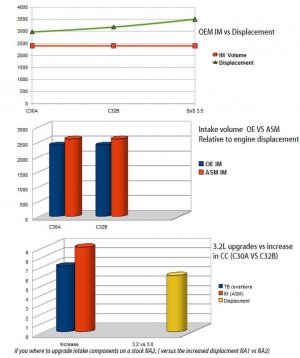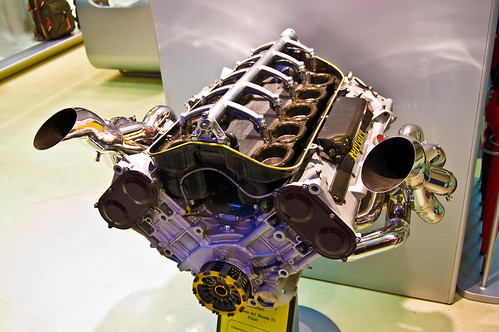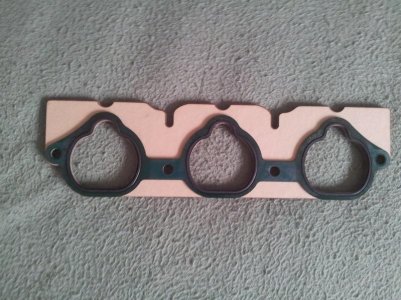Hi Guys,
We've been working on a upgrade kit for the OE manifold of the NSX.
A full upgrade package comprising of,
Material,
We've gone for a hard laminated phelonic material with integrated gaskets,
Why?
So we can insure that the spacers don't deform once the manifold is torqued to spec and engine is at operating temperature.
It also allows us to insure uniform dimensions and calculate the effects.
Even the integrated gasket layers are calculated for compression so they don't interrupt flow.
Thermal shield (cylinder head to manifold spacers)
I started from a clean sheet trying to optimize thermal insulation and take in to account the 90' degree bank angle of the engine.
As some of you know there has been some discussion on how thermal spacers might interrupt flow in to the runners due to the step/hump created in the runners.
We did computer simulations on the matter, from that we based our design making sure flow and resonance pulsations aren't interrupted.
Having done that we made a number of prototypes optimizing insulation of the manifold.
This is done by creating a full shield that is molded to the casting of the cylinder head, it allows for a secondary F1 style heat shield that insulates the valve covers and injectors as well (still in R&D stages)
This design isn't based of the gasket design used by Honda (alternative phenolic gasket on the market are basically just thicker OE gaskets).
As can be seen it makes for a flush fitting thermal shield instead of a just a gasket spacer.
Plenum spacer
The next step is increasing the volume of the plenum to aid high rpm breathing especially for cars with free flowing exhausts and enlarged throttle bodies.
The upgrade will also help C32B 3.2L engines breath in high RPM regions as they retain the OE plenum volume of a 3.0L engine.
First of all the spacer acts as a auxiliary thermal insulator isolating any heat soak by creating a partition between upper and lower manifold.
The spacer add's 9% to the total volume of the manifold, you can ether enlarge the lower or upper plenum chamber depending on your tune and preference.
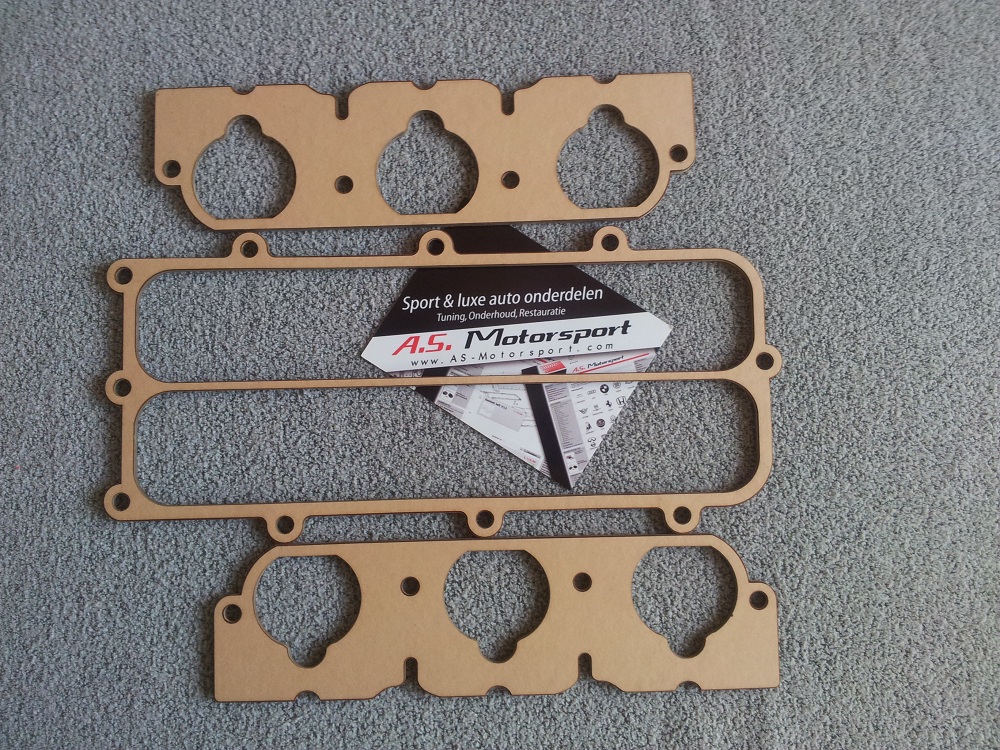
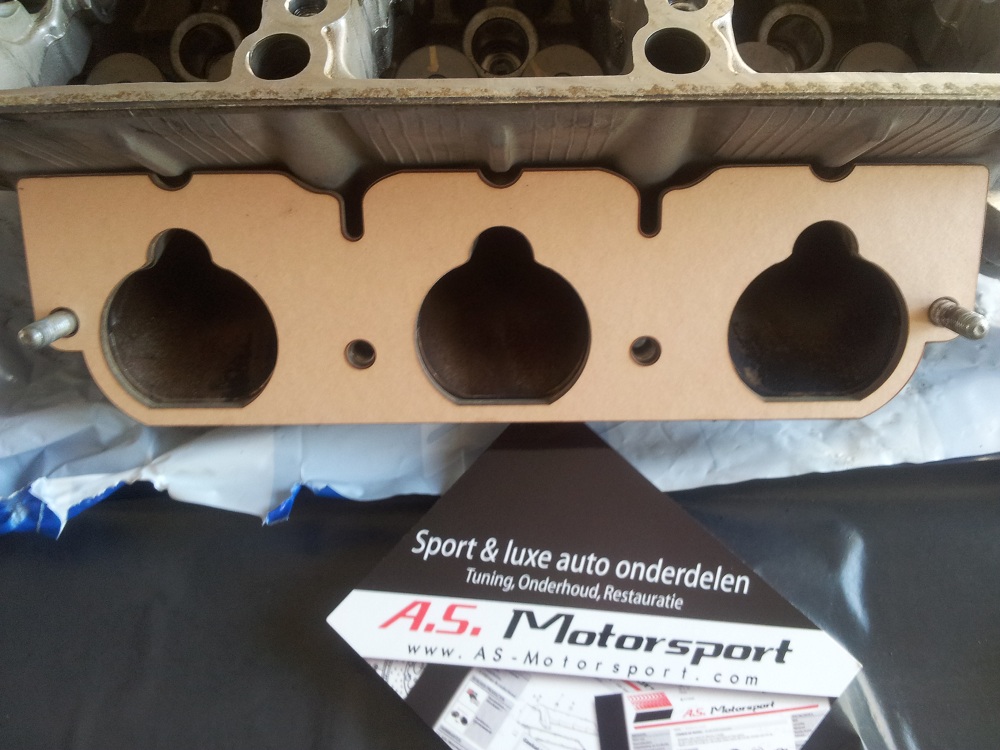
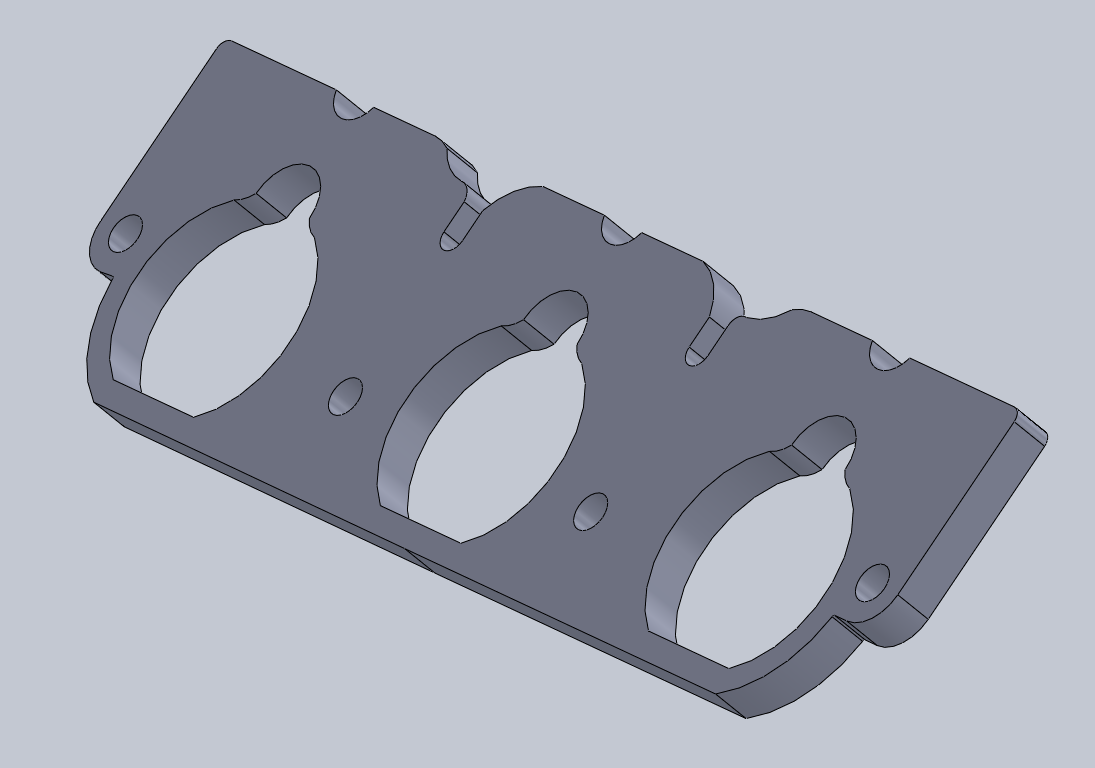
Flow test
OEM vs Spacer
A = flange
B = Injector location and corresponding pocket
C = valve seats

Resonance testing of the spacer
The motion of the intake valves opening and closing a to 2000 times a minute causes shock waves to form in the runners this is called the helmholtz resonance.
Honda's are tuned to take advantage of this and compress the air in the runners, that's how the stock VSS system works it times the waves for non-vtec and vtec operation.
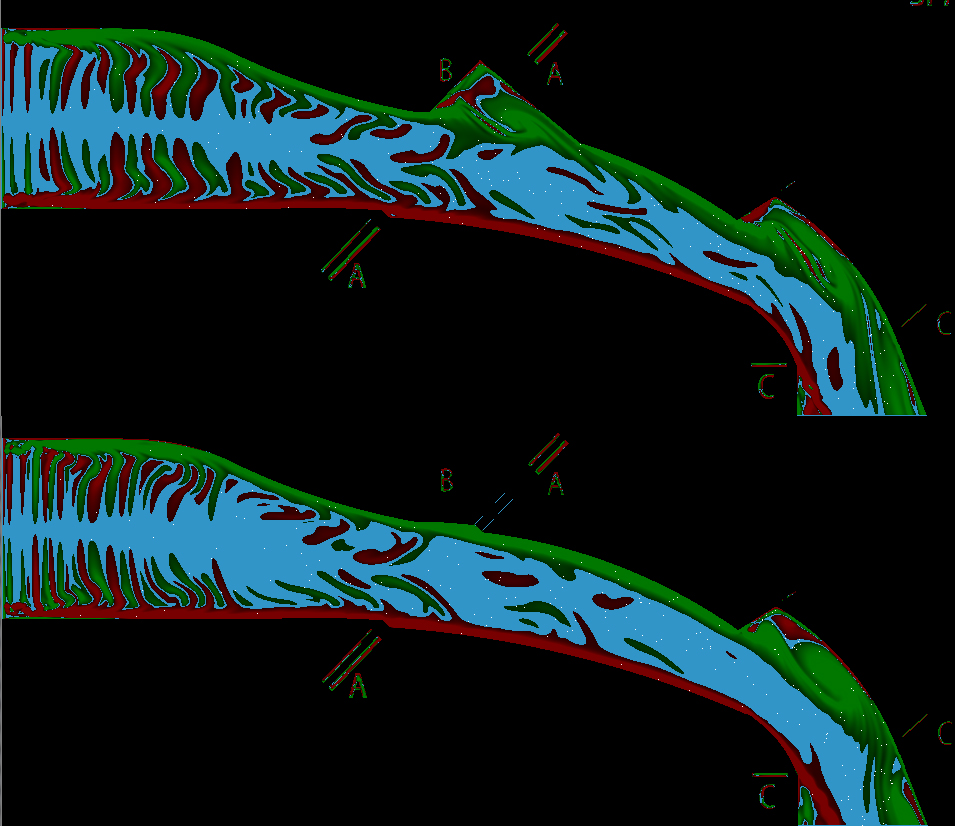
We've been working on a upgrade kit for the OE manifold of the NSX.
A full upgrade package comprising of,
- Thermal shields on the cylinder heads
- Thermal partition in the manifold,
- Plenum spacer increasing the volume by 9%
- Two resonance and rpm tuning options (low & high)
Material,
We've gone for a hard laminated phelonic material with integrated gaskets,
Why?
So we can insure that the spacers don't deform once the manifold is torqued to spec and engine is at operating temperature.
It also allows us to insure uniform dimensions and calculate the effects.
Even the integrated gasket layers are calculated for compression so they don't interrupt flow.
Thermal shield (cylinder head to manifold spacers)
I started from a clean sheet trying to optimize thermal insulation and take in to account the 90' degree bank angle of the engine.
As some of you know there has been some discussion on how thermal spacers might interrupt flow in to the runners due to the step/hump created in the runners.
We did computer simulations on the matter, from that we based our design making sure flow and resonance pulsations aren't interrupted.
Having done that we made a number of prototypes optimizing insulation of the manifold.
This is done by creating a full shield that is molded to the casting of the cylinder head, it allows for a secondary F1 style heat shield that insulates the valve covers and injectors as well (still in R&D stages)
This design isn't based of the gasket design used by Honda (alternative phenolic gasket on the market are basically just thicker OE gaskets).
As can be seen it makes for a flush fitting thermal shield instead of a just a gasket spacer.
Plenum spacer
The next step is increasing the volume of the plenum to aid high rpm breathing especially for cars with free flowing exhausts and enlarged throttle bodies.
The upgrade will also help C32B 3.2L engines breath in high RPM regions as they retain the OE plenum volume of a 3.0L engine.
First of all the spacer acts as a auxiliary thermal insulator isolating any heat soak by creating a partition between upper and lower manifold.
The spacer add's 9% to the total volume of the manifold, you can ether enlarge the lower or upper plenum chamber depending on your tune and preference.



Flow test
OEM vs Spacer
A = flange
B = Injector location and corresponding pocket
C = valve seats

Resonance testing of the spacer
The motion of the intake valves opening and closing a to 2000 times a minute causes shock waves to form in the runners this is called the helmholtz resonance.
Honda's are tuned to take advantage of this and compress the air in the runners, that's how the stock VSS system works it times the waves for non-vtec and vtec operation.

Last edited:




